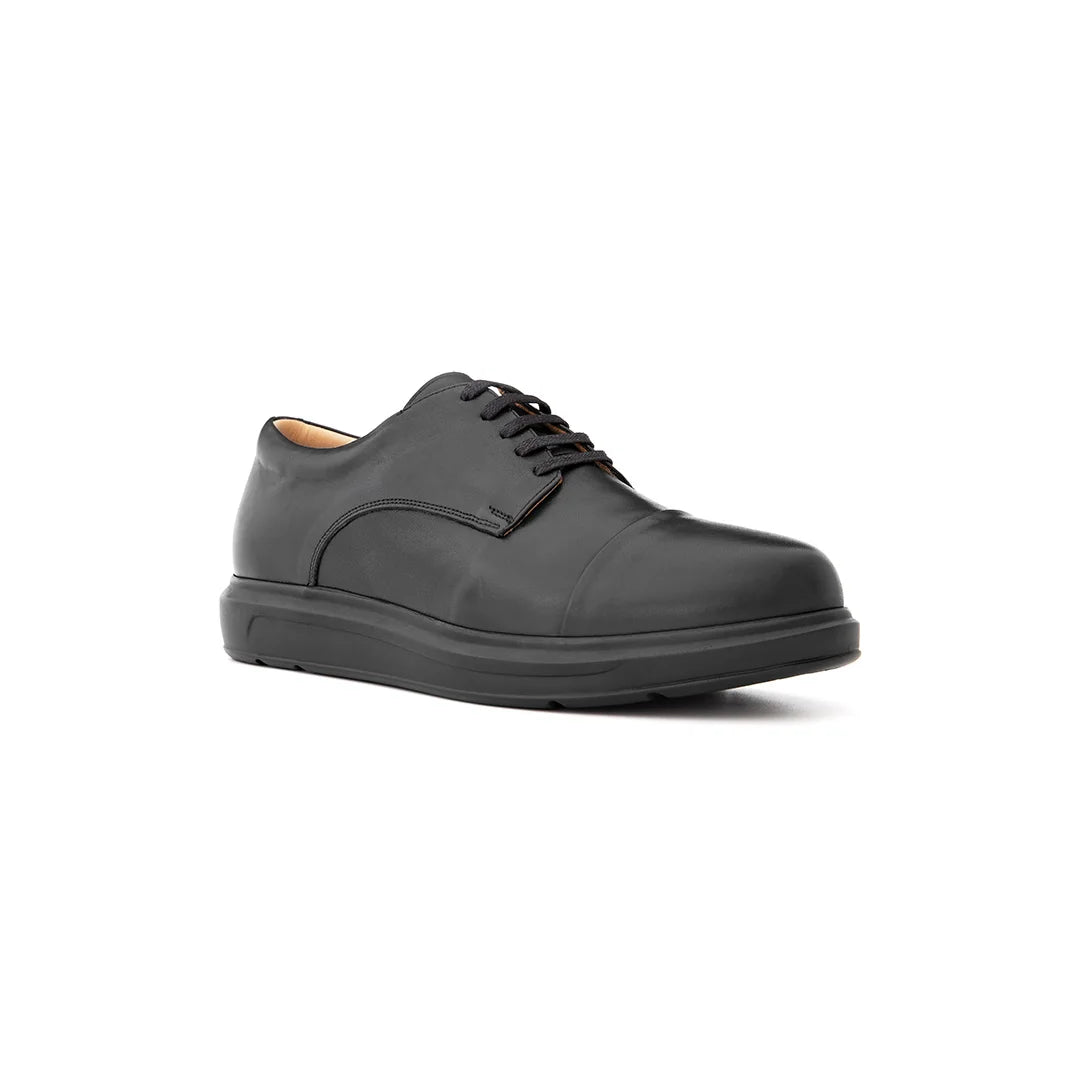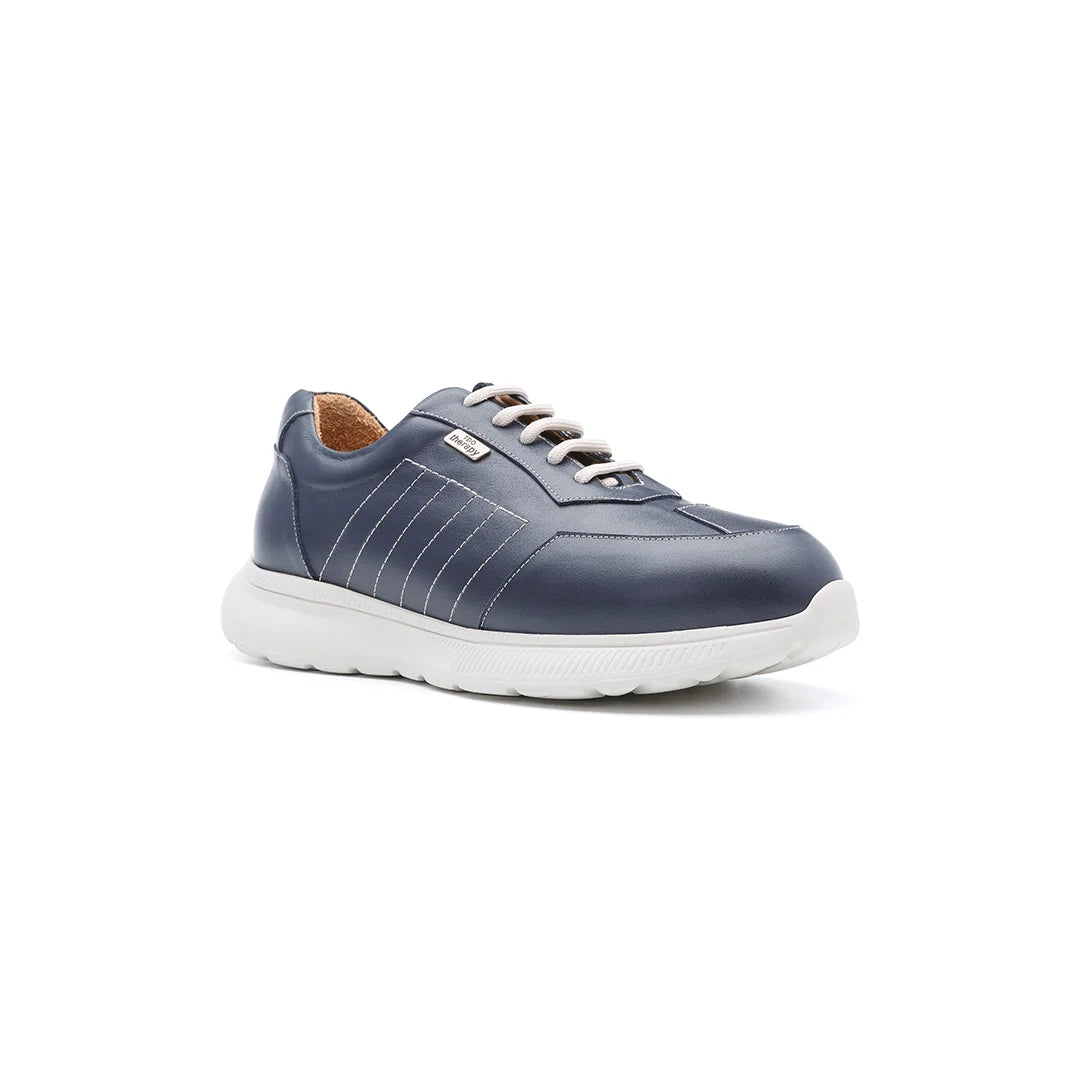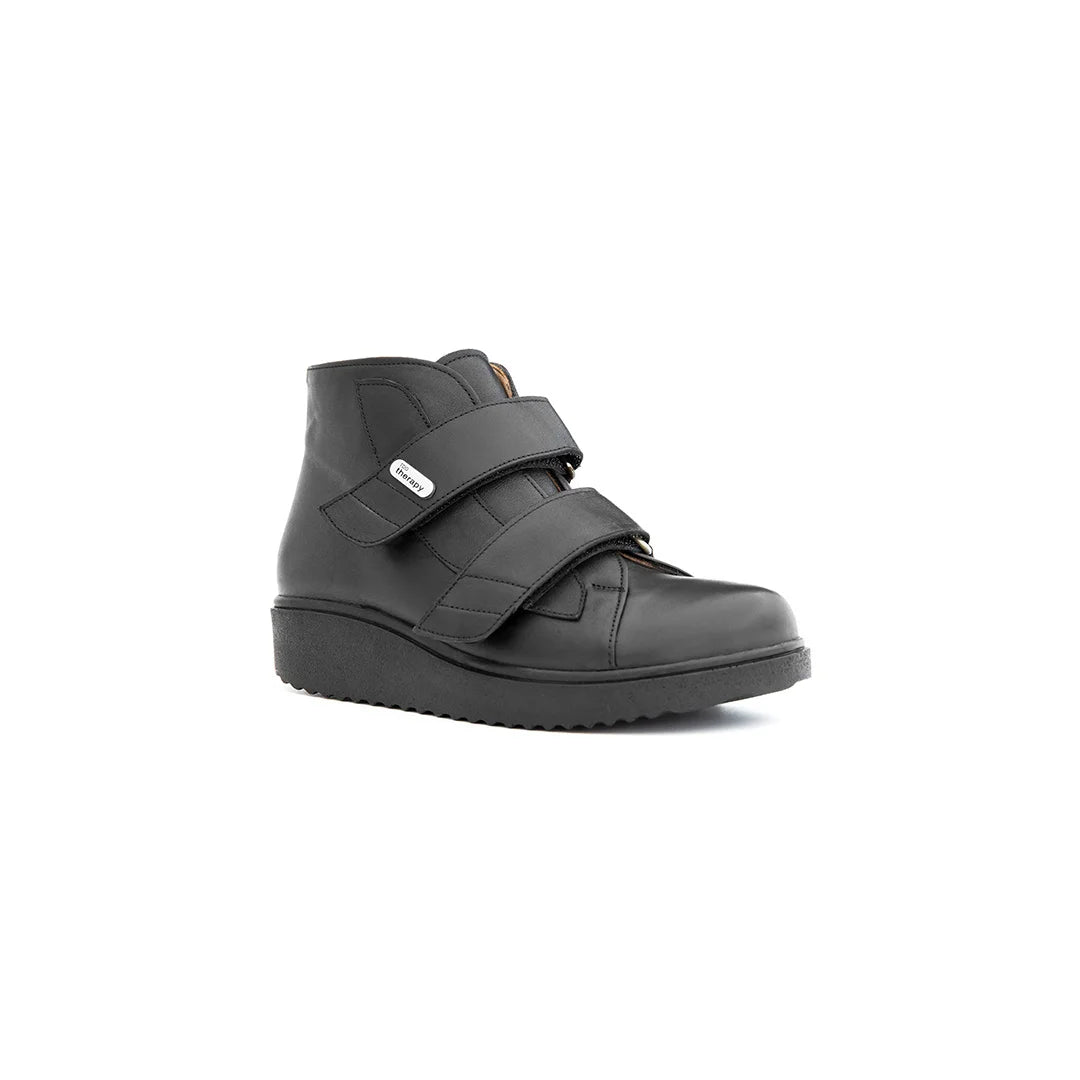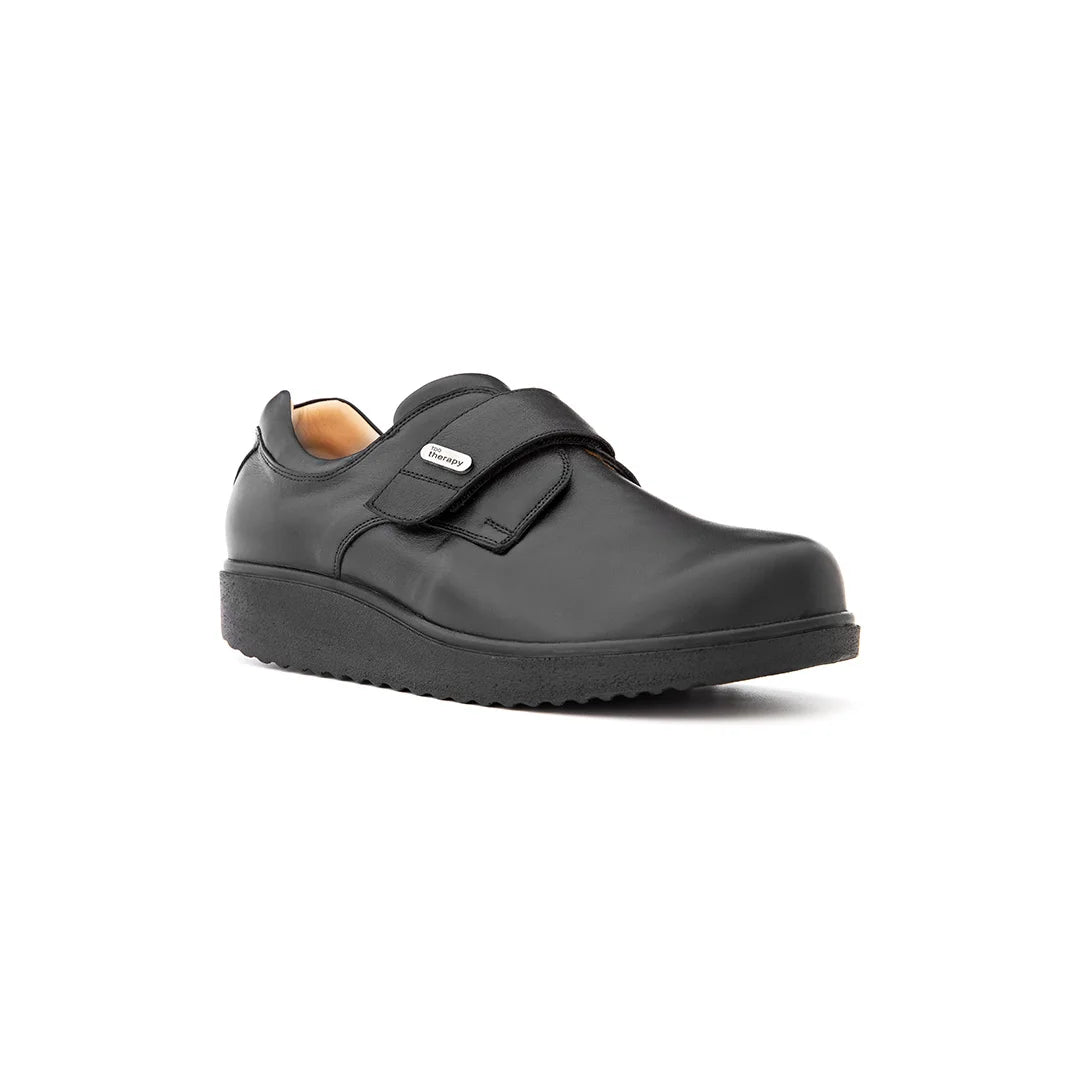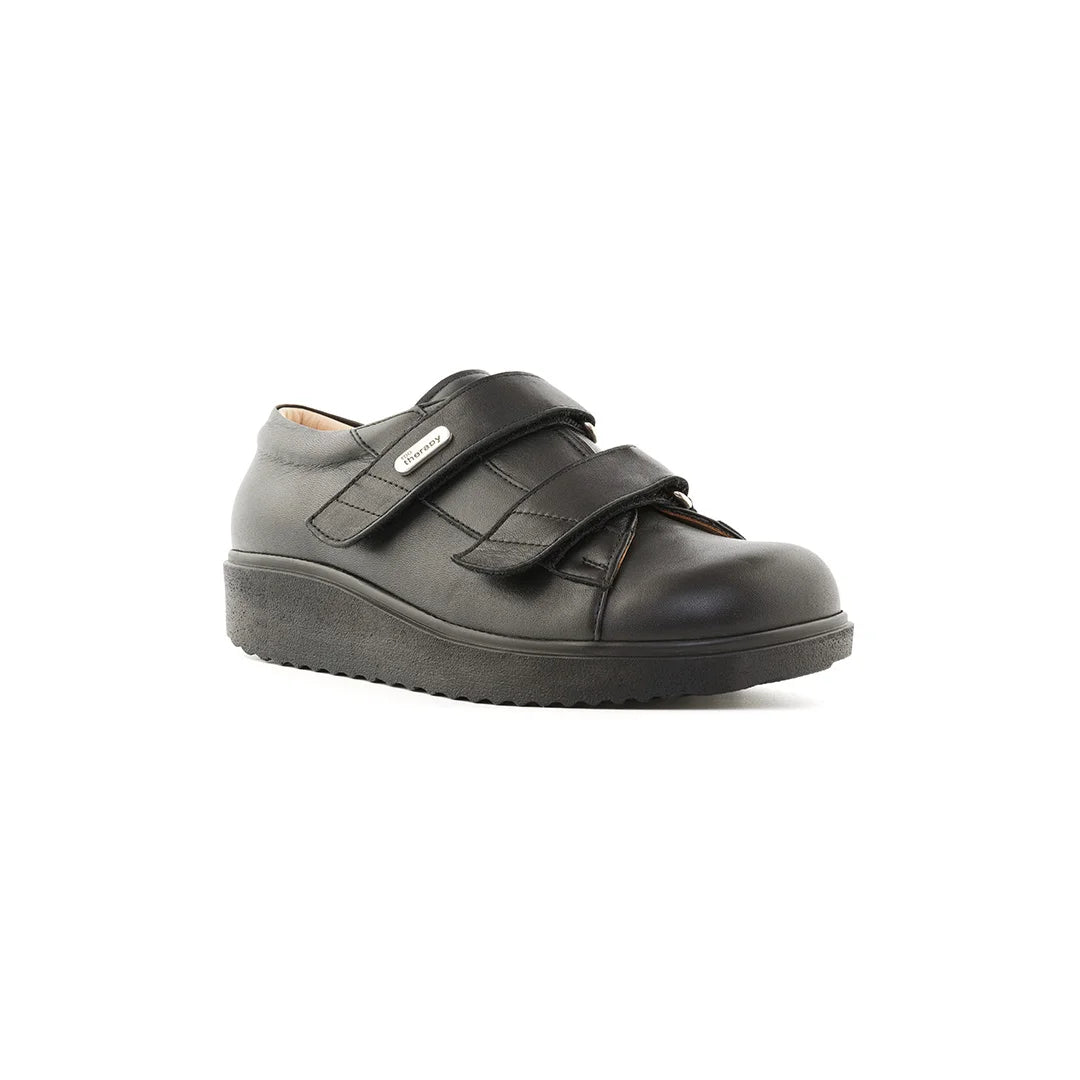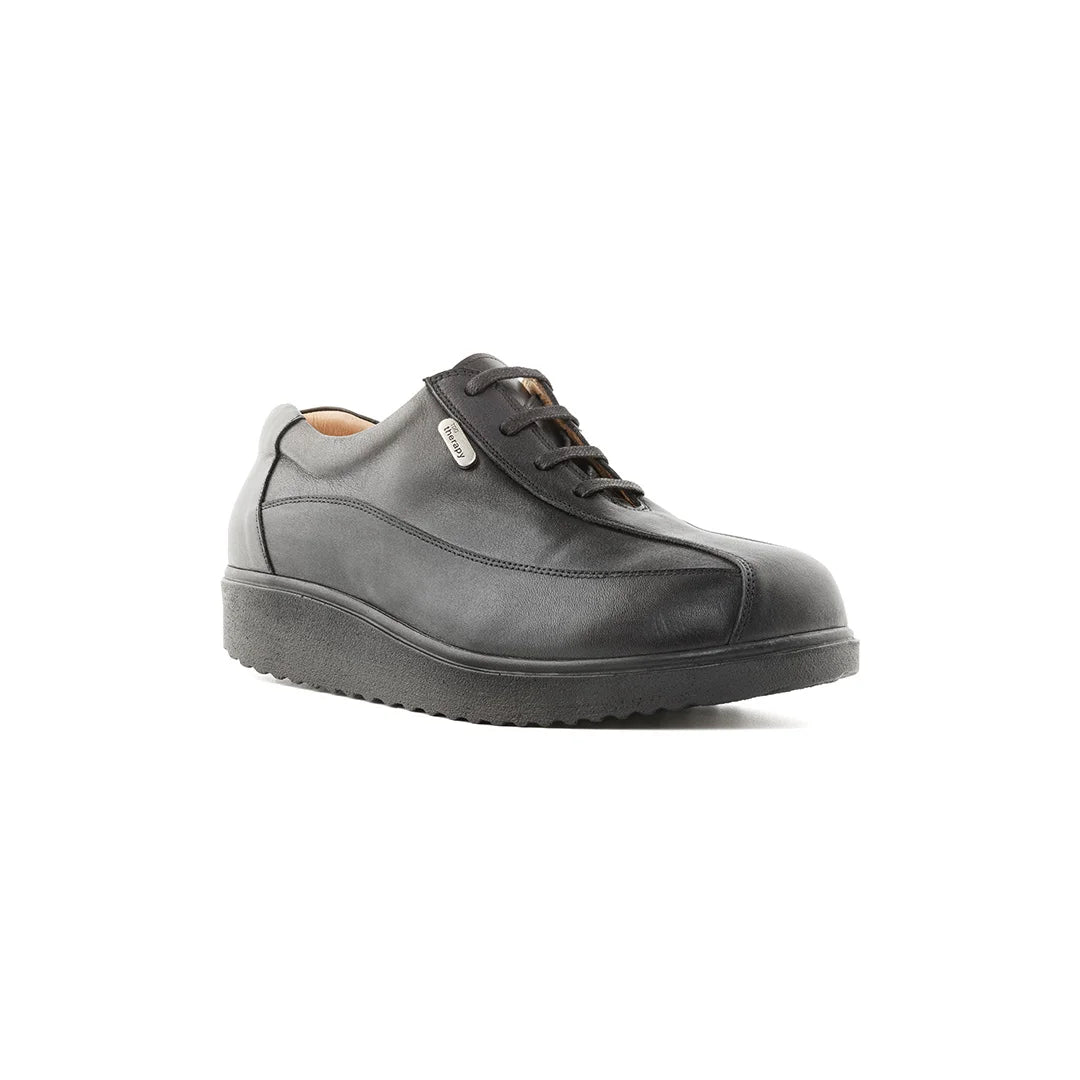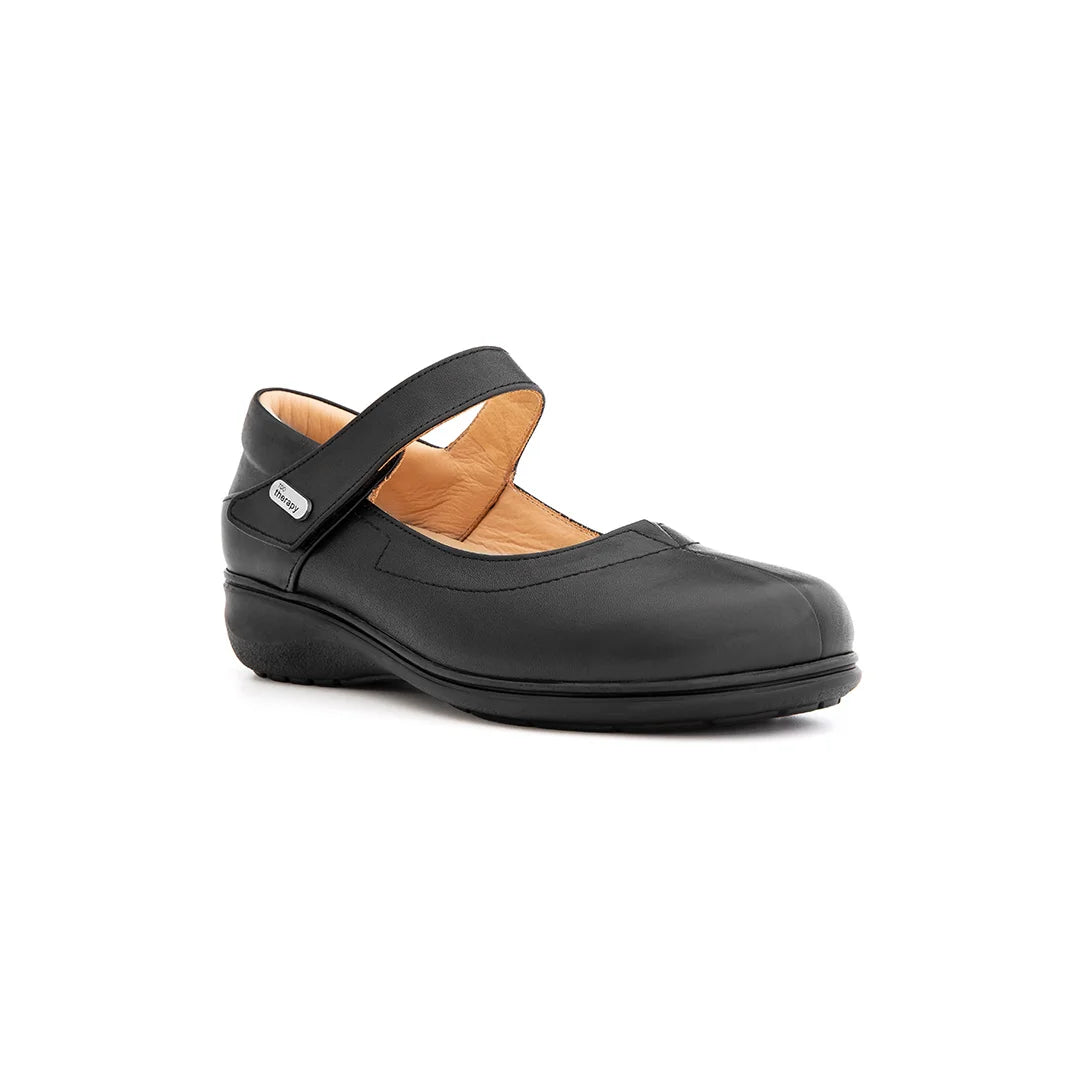Have you ever worn a pair of shoes that looked fine but left your toes feeling pinched, sore, or even numb by the end of the day? You’re not alone — and the culprit is often the toe box. This part of the shoe might not get much attention, but it plays a huge role in your overall foot health. In this blog, we’ll explain why toe box shape matters, how it affects everything from posture to pain, and how TDO Therapy shoes are designed to give your toes the space they deserve.
Key Takeaways
-
A narrow or pointed toe box can cause pain, foot deformities, and long-term problems.
-
A wide, rounded toe box allows natural toe spread and reduces pressure.
-
Conditions like bunions, hammertoes, arthritis, and diabetic feet need extra toe space.
-
TDO Therapy shoes are built with medical-grade lasts for a roomier toe box.
-
Choosing the right toe box shape improves comfort, balance, and mobility.
What Is the Toe Box and Why Is It Important?
The toe box is the front part of a shoe that surrounds and protects your toes. Its shape, height, and width directly affect how your toes sit inside the shoe.
A good toe box allows your toes to:
-
Lie flat and straight
-
Spread naturally when walking
-
Move without friction or pressure
But many shoes — especially fashion-forward ones — are designed with pointed or narrow toe boxes, which can squeeze your toes into unnatural positions and lead to problems over time.
Problems Caused by a Tight Toe Box
If your shoes are too narrow at the front, you might experience:
-
Blisters and corns from rubbing
-
Numbness or tingling due to compressed nerves
-
Toe deformities like bunions, hammertoes, or crossover toes
-
Worsening arthritis pain
-
Forefoot pressure and balance issues
For people with diabetes, tight shoes can even lead to dangerous ulcers if friction goes unnoticed. The risk isn’t just discomfort — it’s long-term damage.
Who Needs a Roomier Toe Box?
Many people benefit from shoes with extra space at the front — especially those with:
-
Bunions or hammertoes
-
Rheumatoid or osteoarthritis
-
Diabetes or neuropathy
-
Wide feet or swelling
-
Morton’s neuroma or metatarsalgia
Even if you don’t have a diagnosed foot condition, a rounded, wide toe box gives your toes the room to function properly and helps maintain foot strength and mobility.
What to Look for in a Good Toe Box
Here are the key features of a foot-friendly toe box:
✔️ Rounded or Anatomical Shape
This mirrors the natural shape of your foot — instead of forcing toes into a point.
✔️ Adequate Width and Depth
There should be space between your longest toe and the end of the shoe, and enough vertical room for the toes to move freely.
✔️ No Rubbing or Compression
The shoe shouldn’t press inward on the sides of your foot, even after standing or walking for a while.
✔️ Soft, Flexible Materials
Shoes with stretchable uppers (like natural leather) adapt to your foot shape instead of restricting it.
How TDO Therapy Designs Toe Boxes for Real Feet
At TDO Therapy, we don’t believe in one-size-fits-all. Our shoes are built on specialist orthopaedic lasts — not fashion models’ foot shapes. That means:
-
Extra room in the forefoot
-
Wide and extra-wide options available
-
Rounded front designs that don’t squash the toes
-
Stretchable natural leather uppers to reduce pressure
Models like the 606-W and 606.20-UNI are especially popular for people needing extra space at the toes, whether due to bunions, swelling, or just naturally wider feet.
How Toe Box Shape Affects the Whole Body
Footwear doesn’t just affect your feet — it impacts your posture, gait, and balance too. A cramped toe box can cause your foot to work harder to stabilise, leading to:
-
Overpronation or underpronation
-
Knee and hip pain
-
Poor alignment when walking
-
Increased risk of tripping or falling
Give your toes room to spread, and you improve your foundation — literally.
Conclusion
Toe boxes might be overlooked, but they’re one of the most important parts of a shoe — especially for anyone with sensitive, swollen, or arthritic feet. Choosing footwear with the right shape and space at the front isn’t just about comfort — it’s about protecting your health.
At TDO Therapy, our shoes are designed with room where it matters. Because your toes deserve space — not pressure. Walk freely, stand confidently, and give your feet the comfort they’ve been missing.
Frequently Asked Questions
Why do most shoes have narrow toe boxes?
Fashion trends often prioritise appearance over comfort. That’s why many shoes are too tight at the front — especially dress or high street styles.
How much space should there be in front of my toes?
You should have about a thumbnail’s width between your longest toe and the end of the shoe, and enough depth so your toes don’t touch the top.
Can a tight toe box cause bunions?
Yes — prolonged pressure from narrow shoes is a major factor in bunion formation and worsening.
Do TDO Therapy shoes have wide toe boxes?
Yes! Our shoes are designed for medical comfort, with rounded, wide forefoot space and extra depth where needed.
Is it OK to go up a size for more toe room?
Not ideal. A longer shoe might cause heel slippage and poor fit. It’s better to choose the right width and shape — not just more length.



